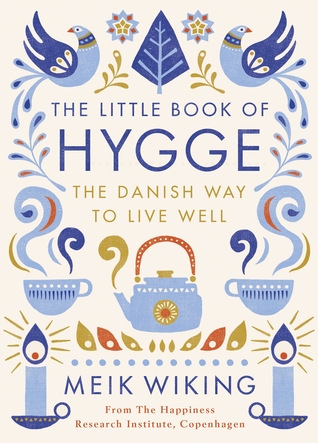During my many years as a musician, I spent all my time at the back of the orchestra. I wasn’t hidden behind the other players for lack of talent, but because I’m a trombonist. Trombone players, and all brass instrumentalists, play tucked away behind the strings. Not only that, for every one trombonist in the orchestra, there are about five times that many violins. The reason? Brass instruments are much louder than strings. Despite my very visceral knowledge of the sonic strength difference between brass and stringed instruments, I was still floored when I heard 99% Invisible tell the story of the Stroh violin.
99% Invisible is one of the best podcasts I’ve found for evoking a sense of wonder while exploring everyday technology, old and new. The most recent episode I enjoyed, Mini-Stories, was especially fun since it covered so many cool topics: sack cloth sewing culture, the diaspora of fauna via the Colosseum, and then the tidbit that totally tickled me, the Stroh violin.
Imagine a violin in which the traditional wooden body is replaced by a brass horn. Like a griffin or a hippogriff, the Stroh violin seems almost mythic as an unlikely mashup. A violin and a trumpet.
Why does such a weird and wonderful invention exist? We already have a tried and true way to make violins heard over trombones: hire a slew of violinists!
99% Invisible did a beautiful job recounting the origin of the Stroh violin. In short, during the very early days of the recording industry, primitive recording equipment detected sound via a big brass bell (think of an old-fashioned Victrola, only recording sound instead of playing it). Turns out these brass bell recorders did a spectacular job detecting brass instruments. Trumpet, trombone, French horn, tuba were recorded with ease. Unfortunately brass bell recording technology wasn’t so great at picking up stringed instruments. Early innovators attempted all kinds of creative ways to solve this problem, one of which was the griffinesque Stroh violin.
The Stroh violin recorded so well that the technology spread to a variety of stringed instruments. There were Stroh cellos and violas, Stroh guitars, Stroh ukuleles and mandolins. I’m dying to explore an instrument museum and see them all!
Of course advances in recording technology rendered the Stroh violin mostly a museum curiosity. But as I surf YouTube to satisfy my new Stroh obsession, it’s clear that the unique sound of the Stroh hasn’t been entirely forgotten, and a few eclectic musicians still put the unique timber and tone of these vintage wonders to interesting use today.












